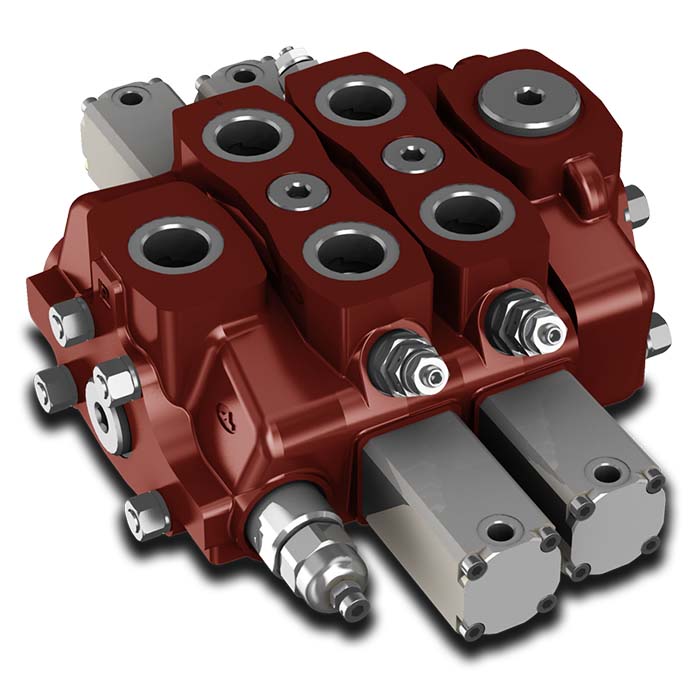Talking about the function of hydraulic control valve in the system!
The role of the hydraulic control valve in the Hydraulic System is to control and regulate the flow direction, pressure and flow of the oil in the system, so that the actuator and its driven working mechanism can obtain the required directional movement, thrust (torque) and movement speed (speed). Any hydraulic system, no matter how simple, can not lack Hydraulic valves; Hydraulic mechanical equipment with the same technical purpose can form system solutions with different oil circuit structures through different combinations of hydraulic valves.

The hydraulic valve is used to control the flow direction of oil in the hydraulic system or regulate its pressure and flow, so it can be divided into three types: hydraulic Direction Valve, hydraulic Pressure Valve and hydraulic flow valve. Due to different action mechanisms, valves with the same shape can have different functions. The pressure valve and flow valve use the throttling effect of the flow section to control the pressure and flow of the system, while the direction valve uses the displacement flow passage to control the flow direction of the oil.
It means that there are many kinds of hydraulic valves, but there are some basic similarities, as follows:
Hydraulic control valve
1. In structure, all valves are composed of valve body, valve core (rotary valve or slide valve) and parts (such as spring and electromagnet) that drive the action of valve core.
2. In the working principle, the relationship between the opening of all valves, the pressure difference between the inlet and outlet of valves and the flow through the valve conforms to the orifice flow formula, but the control parameters of each valve are different.











